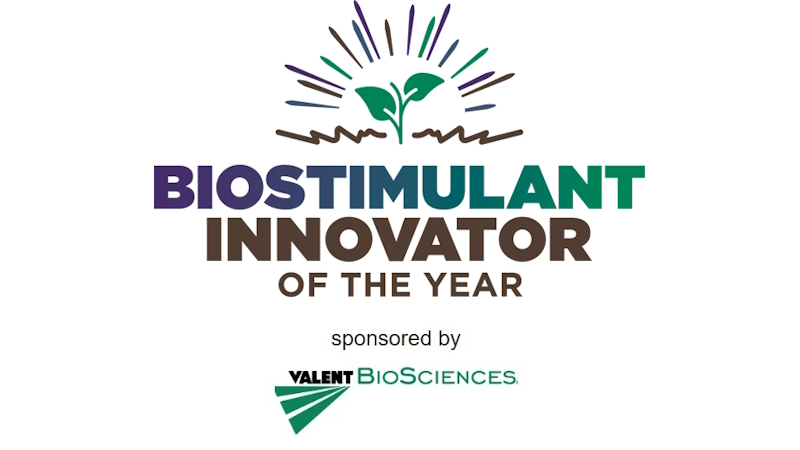Biotech Eggplant, Papaya Coming Soon
Within two years, the Philippines could be a commercial producer genetically modified (GM) papaya and eggplant varieties, according to an article in The Philippine Star.
The article states that studies being conducted at the University of the Philippines Los Baños-Institute of Plant Breeding (UPLB-IPB) have seen its 1.5-hectare (Ha) experimental field lush with GM eggplants, while the papaya have just been transplanted for observation.
The progress of the project was assessed during a field day by representatives of international and national agencies, researchers, and journalists. Among those present were Dr. Clive James, chairman of the International Service for the Acquisition of Agri-biotech Applications (ISAAA); Dr. Randy Hautea, ISAAA global coordinator; Dr. Frank Shotkoski, director of the Agricultural Biotechnology Support Project (ABSP) II-Southeast Asia; Executive Director Patricio Faylon of the Philippine Council for Agriculture, Forestry and Natural Resources Research and Development (PCARRD); UPLB vice chancellor Enrico Supangco; and UPLB-IPB officials led by Director Jose Hernandez.
The research on eggplant is being undertaken by UPLB-IPB in partnership with the Indian Maharashtra Hybrid Seeds Company Ltd. (Mahyco). It is supported by the US Agency for International Development (USAID) through ABSP II, EMERGE, and ISAAA.
The GM eggplant is expected to be commercialized by 2010 upon approval by the Department of Agriculture-Bureau of Plant Industry (DA-BPI). The variety will be resistant to the fruit and shoot borer (FSB), the most destructive eggplant pest in Asia. In the Philippines, losses from FSB range from 51% to 73% each year. Eggplant is the country’s top vegetable crop, covering about 20,000 Ha and yielding annually 179,000 tons, the article states.
The new papaya is resistant to papaya ringspot virus (PRSV), which has menaced the papaya industry since it was first discovered in Silang, Cavite, in 1982. Infected papaya plants have stunted growth and produced deformed fruits with concentric rings on the skin surface.
A major program of PCARRD, the papaya research is a collaborative effort with ISAAA, ABSI II, USAID, the UPLB-based Southeast Asian Regional Center for Graduate Study and Research in Agriculture (SEARCA), and Program for Biosafety Systems.






